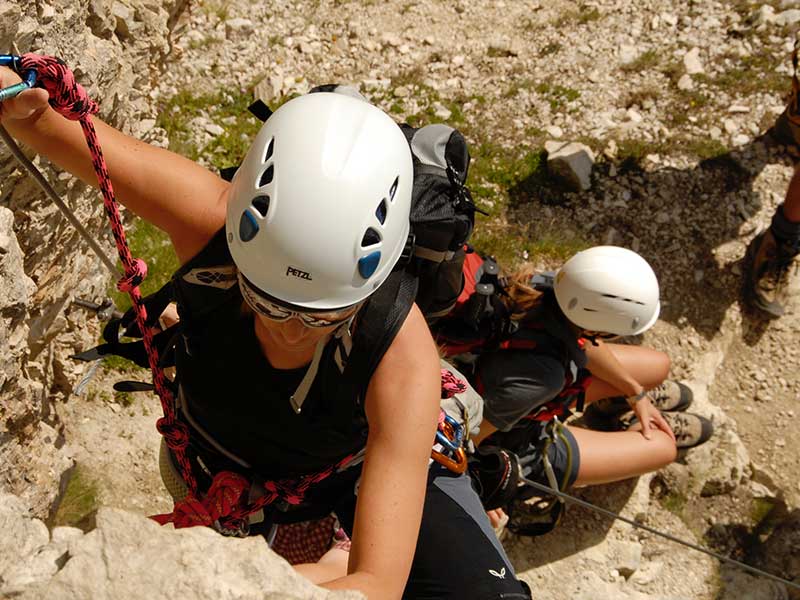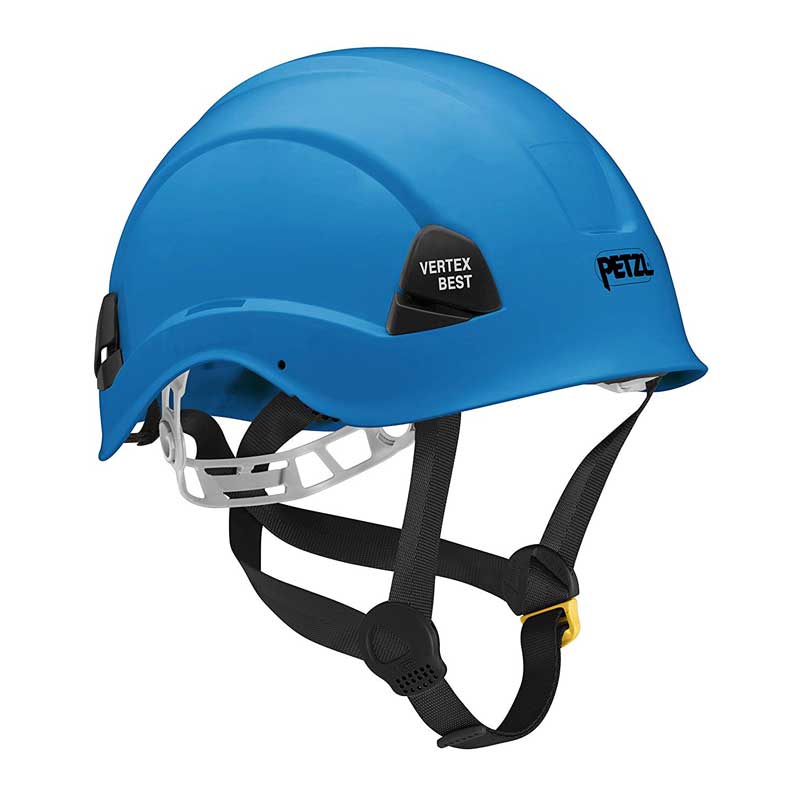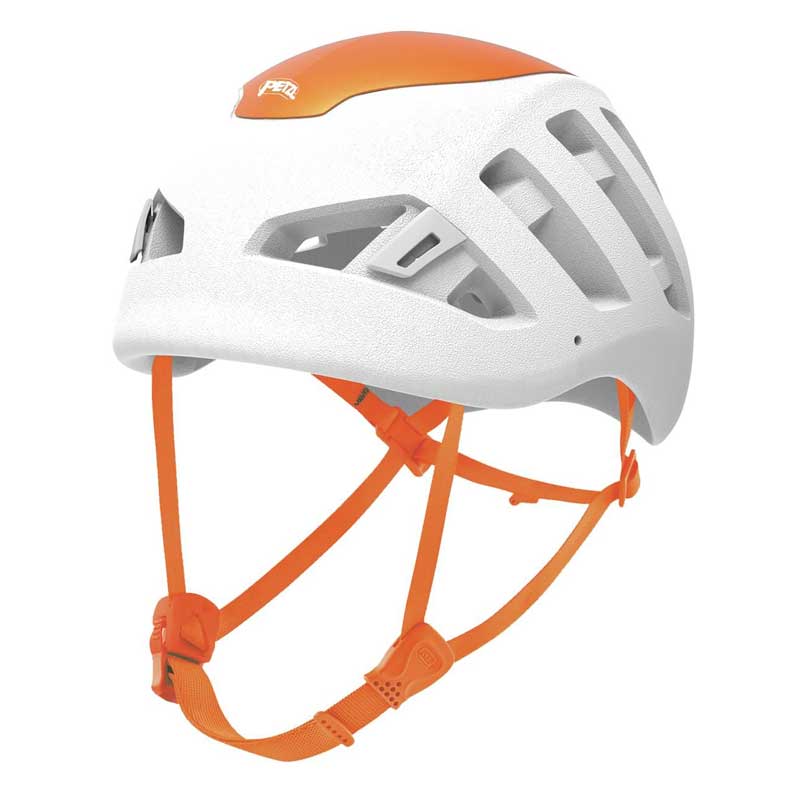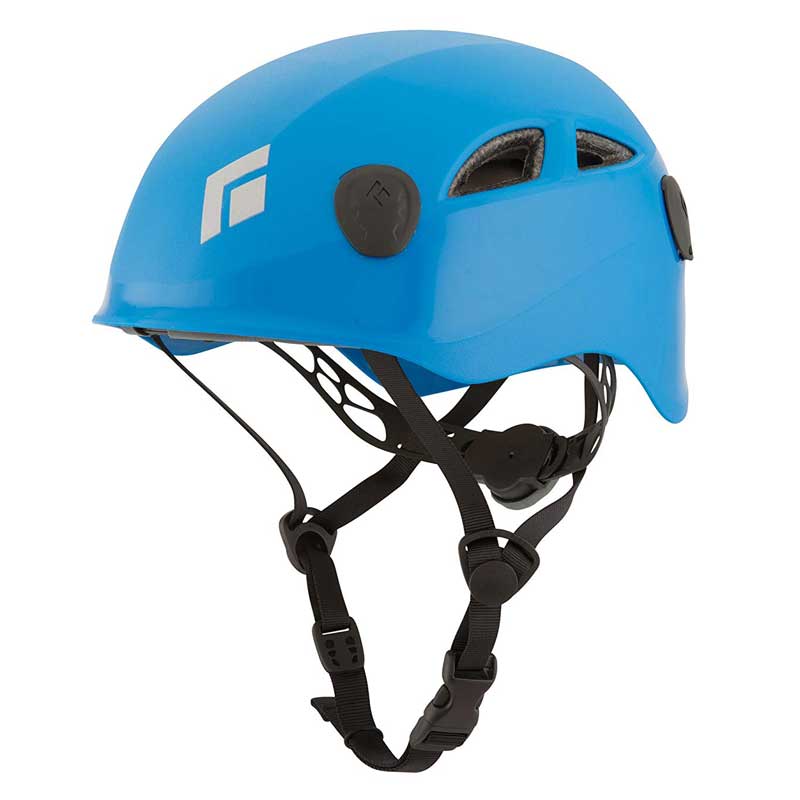The best climbing helmets. Buying guide and comparison

Of all the equipment that can exist for physical activities, the helmet is always the most important element of all. In climbing it is no less important. The helmet protects the head against falling objects, be they rocks, ice, carabiners or even the safety devices themselves; not to mention the falls or "flights" themselves. It is essential to wear a helmet in an activity such as climbing, it can save your life.
When choosing which helmet to buy, different factors must be taken into account, such as its resistance, the quality of the materials it is made of, its price, the certification of the helmet or the durability of the helmet. Buying one or the other model is an essential decision for your climbing activity, so you need to take it calmly and consider different options. options until you choose the one you think best suits your needs and preferences.
Types of helmets for climbing helmets
Like other items of equipment that operate within the "safety and security" parameter, climbing helmets must also have a safety standard, the UNE-EN 12492.
Among other qualities, it is essential that a climbing helmet can withstand the impact of a very heavy metal weight of 5 kg falling from a distance of more than 2 metres. This is how it works: it must absorb a shock of no more than 10 kN to protect the head and the cervical spine.
Within the types of climbing helmets on the market we can find different types: helmets for climbing, especially in the areas of alpine climbing, sport climbing, ice climbing, via ferrata and high-altitude mountaineering expeditions. All of them provide their wearers with protection for their heads against falling stones or ice.
We can distinguish three types:
- Rigid hulls: the classic "shell".. They are made of hard plastic, the famous polycarbonate, in which softer materials are incorporated to act as shock absorbers. An example of this type of helmet is the

- In-mould or "foam shell" helmetsThey are made of high quality polystyrene foam and are also covered with a very thin plastic layer. The Petzl Sirocco (Click to view) is one such example.

- Hybrid climbing helmetsHard shell cases: These are a combination of hard shell and foam cases. For example, Mammut El Cap (Click to view), Edelrid Zodiac (Click to view) or the model of Black Diamond Half Dome(Click to view).

What factors to consider when buying a climbing helmet?
When buying a helmet it is necessary to take into account different factors to be 100% sure that you are making the right decision. Take it easy, your safety deserves it.
The importance of durability
Helmet durability is important but to analyse it you need to distinguish between damaged and old climbing helmets. In the case of damaged climbing helmets they will protect your head against falling things or other objects that do not have much weight, but they will not do so when it comes to larger impacts so it is advisable to replace them.
If we are talking about old climbing helmets, the lifespan of a helmet is limited by its material, so if the plastic of the helmets becomes brittle it cannot distribute the forces quickly. In general, the lifespan of the helmet is stated in the instructions although, in general, helmets usually last 4 or 5 years..
Multiple certificates
Each helmet is designed for a specific sport, which is why climbing helmets have their own certifications. To this end, it is important when purchasing a helmet to check that it has the relevant EN certifications.. For example, Mammut Alpine Rider is certified both as a climbing helmet and as a ski helmet, whereas Salewa Xenon also suitable as a multifunctional helmet for cycling, skiing and climbing.
Helmets that are multi-certified tend to have a higher price tag but very good results that compensate for it and make it worthwhile.
Anyone who has ever seen a roped team on a wall knows why helmets often have bright coloursare easy to detect. In some situations, this is a real advantage. Also important are the ventilation.
Pros and cons of each type of climbing helmet
The hard hulls have good shock absorption, durability and are well ventilated. However, they are relatively heavy and regular use can cause strain on the vertical spine and neck.
The moulded hulls The advantages are that they are lightweight, protect the spine and neck for those who tend to look upwards, and have better cushioning under lateral and dorsal loading. Negative points include the high exposure of the head and cervical spine during front loading and also that it is more sensitive during transport.
The hybrid helmets combine the lightness of moulded hulls and the durability of rigid hulls.
Wherever you want, but not without my helmet
Only rarely will you see a climber without a helmet, and he or she is making a serious and potentially life-threatening mistake. Whether in alpine regions, in a climbing school or on a boulder, a helmet is essential at all times. It is not something that has to be worn just for the sake of legality, nor is it intended to inconvenience the wearer, so it is important to get a comfortable helmet that is suitable for your physical shape.
It is a solid protection of the head against falling stones or other accidents. Injuries to other limbs can be very dangerous, however, the head is an essential part of our body where blows are, more often than not, irremediable. Everything we can do to protect ourselves is essential.
Don't miss any adventure in the Pyrenees!
